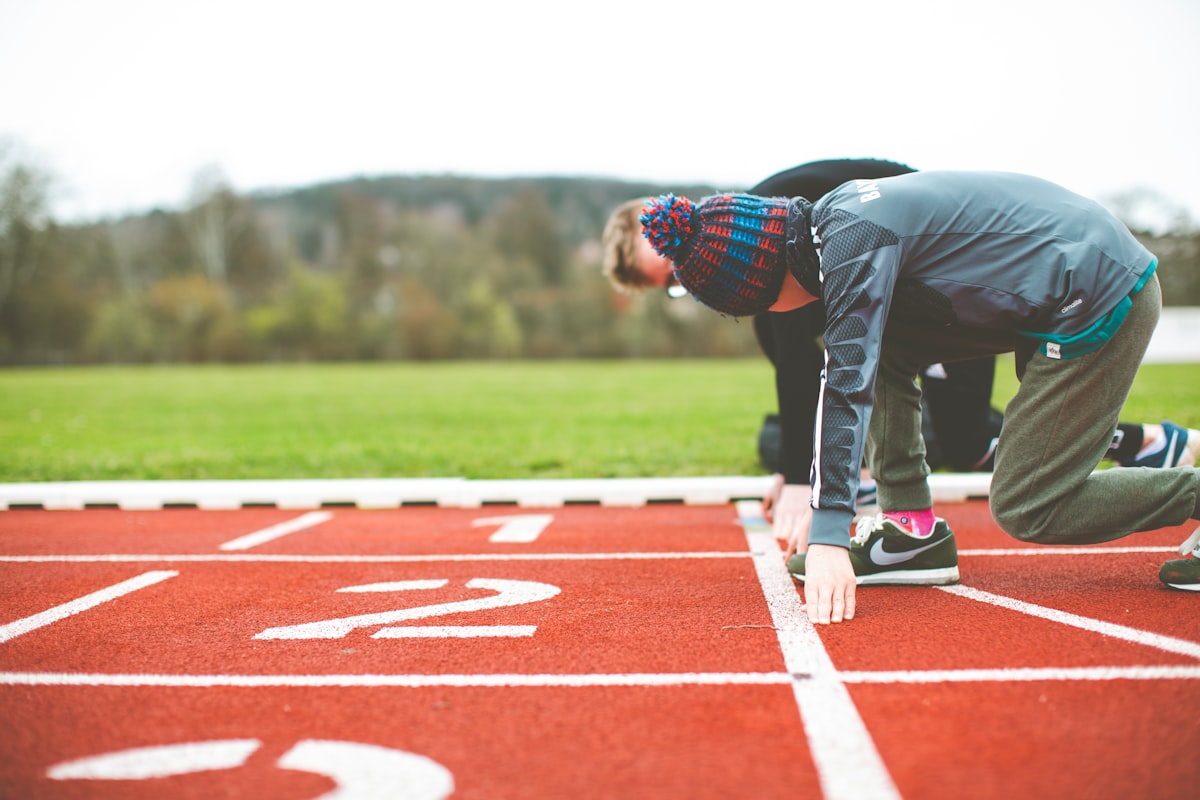Yeast Starter
Making a yeast starter allows the fermentation process to begin faster, reduces the chance for 'stuck' fermentation, and only adds a half hour to your brew day - although you start it a day or two prior.

Fermentation success begins with a yeast starter.
Why do you need a yeast starter? To convert sugar to alcohol more expediently.
Making your own beer, cider, mead, and wine is awesome :)
Making a yeast starter allows the fermentation process to begin faster, reduces the chance for 'stuck' fermentation, and only adds a half hour to your brew day - although you start it a day or two prior.
Nearly every recipe for beer, cider, mead, or wine instructs you to "sprinkle yeast" on your batch once it's cooled down to room temperature. It's good advice for first-timers, noobs, and novices because it reduces the chance of contamination.
The yeast included in your 'kit' is very similar to bread yeast you buy at the grocery store in the sense that the packet is comprised of little clumps of yeast coated with a nutrient dense coating. Looking closely at the instructions printed on the yeast packet reveals you are actually supposed to 'bloom' the yeast in hot water for 20 minutes before 'pitching' it to your batch. This process 'wakes' up the yeast so it's ready to start converting sugar to alcohol.
The typical dry yeast packet yields about 8-18 billion cells per gram. Once they're re-hydrated and dumped into your batch they start converting sugars to alcohol and reproducing. This continues until all of the available sugar (food) is gone.
There's a lag between adding the yeast to your batch and efficient fermentation. Creating a yeast starter eliminates the lag by doubling or tripling the amount of active yeast added to your batch.
Yeast need oxygen, sugar, and a temperate environment to survive. The yeast that comes in the packet has been cultured, allowed to nearly die, and coated in nutrients that serve to protect the yeast cells and feed them once re-hydrated. Nurturing the re-hydrated yeast in a suitable environment allows it to scale
Make a Yeast Starter
Equipment:
- 1000 ml flask, mason jar, or similar glass container
- Stir plate (optional but yields better results)
- Stir bar (for use with stir plate)
- aluminum foil
Ingredients:
- Yeast
- Yeast nutrient (optional but yields better results)
- 50 ml (1.7 oz) water
- 250 - 400 ml must (or wort if you're making beer)
Procedure:
- Clean and sanitize your equipment
- Heat the water to 35 - 37°C (95 - 99°F)
- Add yeast and nutrient to large glass container
- Add hot water to the yeast
- Stir it around to start the re-hydration process
- Wait 15 - 20 minutes until the yeast starts to bloom (thicken up)
- Add your must or wort
- Mix everything up and loosely cover with aluminum foil
- If using a stir plate and stir bar: sanitize the stir bar, add it to the yeast slurry, put it on the stir plate and set it to low
- No stir plate: Be sure to give everything a little swirl every now and then
- Your starter should be ready to add to your batch in 1 - 2 days
For more information, check these out:





